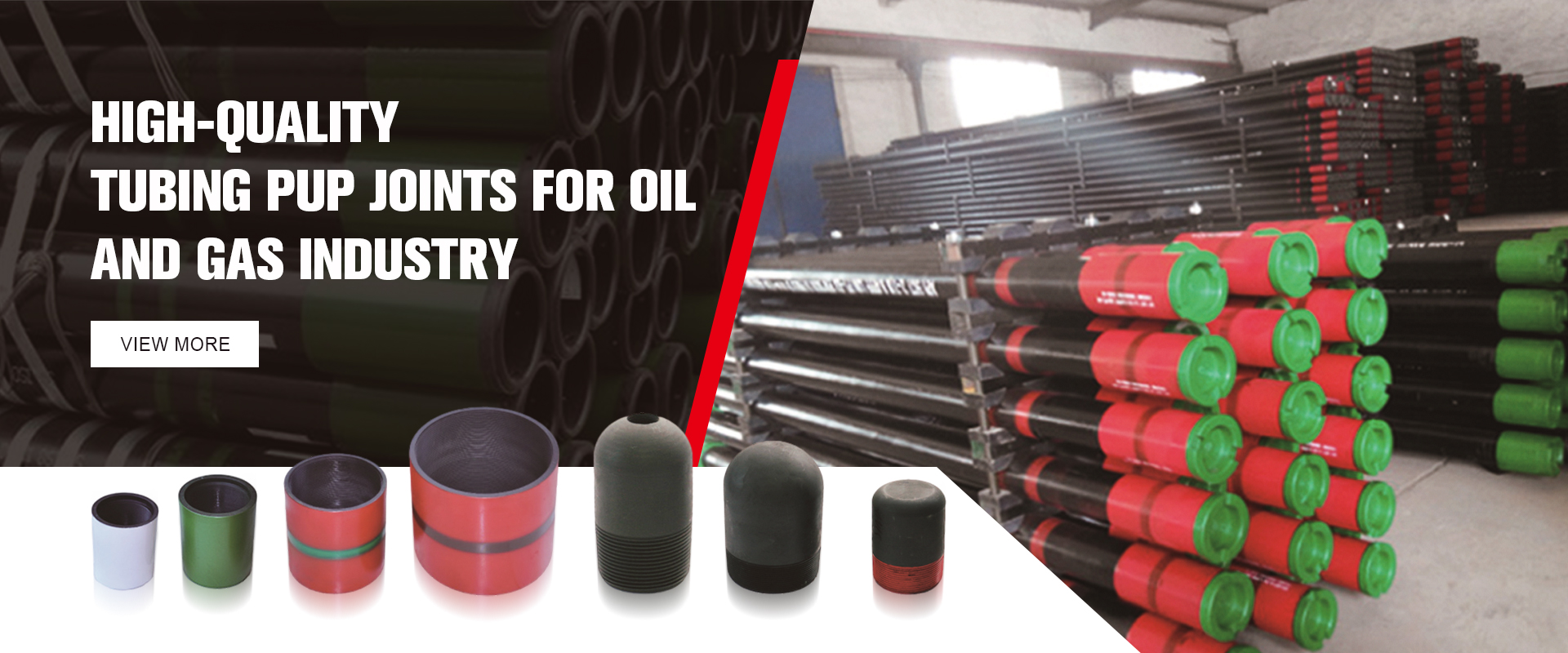- Afrikaans
- Albanian
- Amharic
- Arabic
- Armenian
- Azerbaijani
- Basque
- Belarusian
- Bengali
- Bosnian
- Bulgarian
- Catalan
- Cebuano
- Corsican
- Croatian
- Czech
- Danish
- Dutch
- English
- Esperanto
- Estonian
- Finnish
- French
- Frisian
- Galician
- Georgian
- German
- Greek
- Gujarati
- Haitian Creole
- hausa
- hawaiian
- Hebrew
- Hindi
- Miao
- Hungarian
- Icelandic
- igbo
- Indonesian
- irish
- Italian
- Japanese
- Javanese
- Kannada
- kazakh
- Khmer
- Rwandese
- Korean
- Kurdish
- Kyrgyz
- Lao
- Latin
- Latvian
- Lithuanian
- Luxembourgish
- Macedonian
- Malgashi
- Malay
- Malayalam
- Maltese
- Maori
- Marathi
- Mongolian
- Myanmar
- Nepali
- Norwegian
- Norwegian
- Occitan
- Pashto
- Persian
- Polish
- Portuguese
- Punjabi
- Romanian
- Russian
- Samoan
- Scottish Gaelic
- Serbian
- Sesotho
- Shona
- Sindhi
- Sinhala
- Slovak
- Slovenian
- Somali
- Spanish
- Sundanese
- Swahili
- Swedish
- Tagalog
- Tajik
- Tamil
- Tatar
- Telugu
- Thai
- Turkish
- Turkmen
- Ukrainian
- Urdu
- Uighur
- Uzbek
- Vietnamese
- Welsh
- Bantu
- Yiddish
- Yoruba
- Zulu
Understanding Petroleum Tubing Couplings and Their Role in Oil and Gas Operations
Understanding Petroleum Tubing Couplings An Essential Component in Oil and Gas Operations
In the oil and gas industry, the successful extraction and transportation of hydrocarbons depend on a variety of specialized equipment, among which petroleum tubing couplings play a critical role. These couplings are essential for linking segments of tubing during drilling and production processes, ensuring a secure and efficient flow of oil and gas from underground reservoirs to the surface. Understanding the importance, types, and applications of petroleum tubing couplings is crucial for industry professionals and stakeholders.
What are Petroleum Tubing Couplings?
Petroleum tubing couplings are mechanical devices designed to connect two lengths of tubular goods, like oil and gas tubing or casing. They serve as a connector, providing a means of transferring fluids and maintaining the integrity of the pipeline under varying pressures and environmental conditions. These couplings must withstand harsh conditions, including high pressure, temperature fluctuations, and corrosive substances typically found within oil and gas deposits.
Types of Petroleum Tubing Couplings
There are several types of couplings used in the oil and gas sector, each catering to specific operational needs
1. Threaded Couplings These are the most common type, featuring threads that allow for easy connection and disconnection. Threaded couplings are popular due to their ease of installation and maintenance but may not be suitable for high-pressure applications.
2. Welded Couplings These couplings are welded to the tubing, creating a stronger bond than threaded couplings. They are ideal for high-pressure scenarios but require more time and skill to install.
petroleum tubing coupling

3. Flanged Couplings Utilizing a flange connection, these couplings are designed for situations where frequent disassembly is expected. They provide a robust connection and can accommodate thermal expansion, making them suitable for varying temperature conditions.
4. Compression Couplings These couplings employ a compression fitting to create a seal between tubing sections. They are advantageous in systems that experience vibration, as they can maintain a secure connection even under stress.
Importance of Petroleum Tubing Couplings
The significance of petroleum tubing couplings cannot be overstated. First and foremost, they ensure the safe transportation of hydrocarbons from the drilling site to processing facilities. A leak or failure in the coupling can result in catastrophic consequences, including environmental disasters, economic losses, and potential harm to personnel.
Moreover, couplings help maintain the integrity of the entire pipeline system. By providing a seamless connection between tubing segments, they minimize the risk of pressure drops and fluid losses. Properly installed and maintained couplings contribute to the overall efficiency of the oil and gas extraction process, reducing operational costs and increasing productivity.
Conclusion
In conclusion, petroleum tubing couplings are a fundamental component of the oil and gas industry, playing a vital role in the safe and efficient extraction and transportation of hydrocarbons. With various types available to meet specific operational requirements, these couplings are engineered to withstand the demanding conditions intrinsic to oil and gas operations. Understanding their functionality and importance is essential for professionals in the industry. Ensuring proper selection, installation, and maintenance of petroleum tubing couplings is not only vital for operational success but also for safeguarding the environment and the workforce involved in these critical energy operations. As the industry continues to evolve, innovations in coupling technology will likely enhance both safety and efficiency, further underpinning the importance of these components in petroleum engineering.
-
Tubing Pup Joints: Essential Components for Oil and Gas OperationsNewsJul.10,2025
-
Pup Joints: Essential Components for Reliable Drilling OperationsNewsJul.10,2025
-
Pipe Couplings: Connecting Your World EfficientlyNewsJul.10,2025
-
Mastering Oilfield Operations with Quality Tubing and CasingNewsJul.10,2025
-
High-Quality Casing Couplings for Every NeedNewsJul.10,2025
-
Boost Your Drilling Efficiency with Premium Crossover Tools & Seating NipplesNewsJul.10,2025







